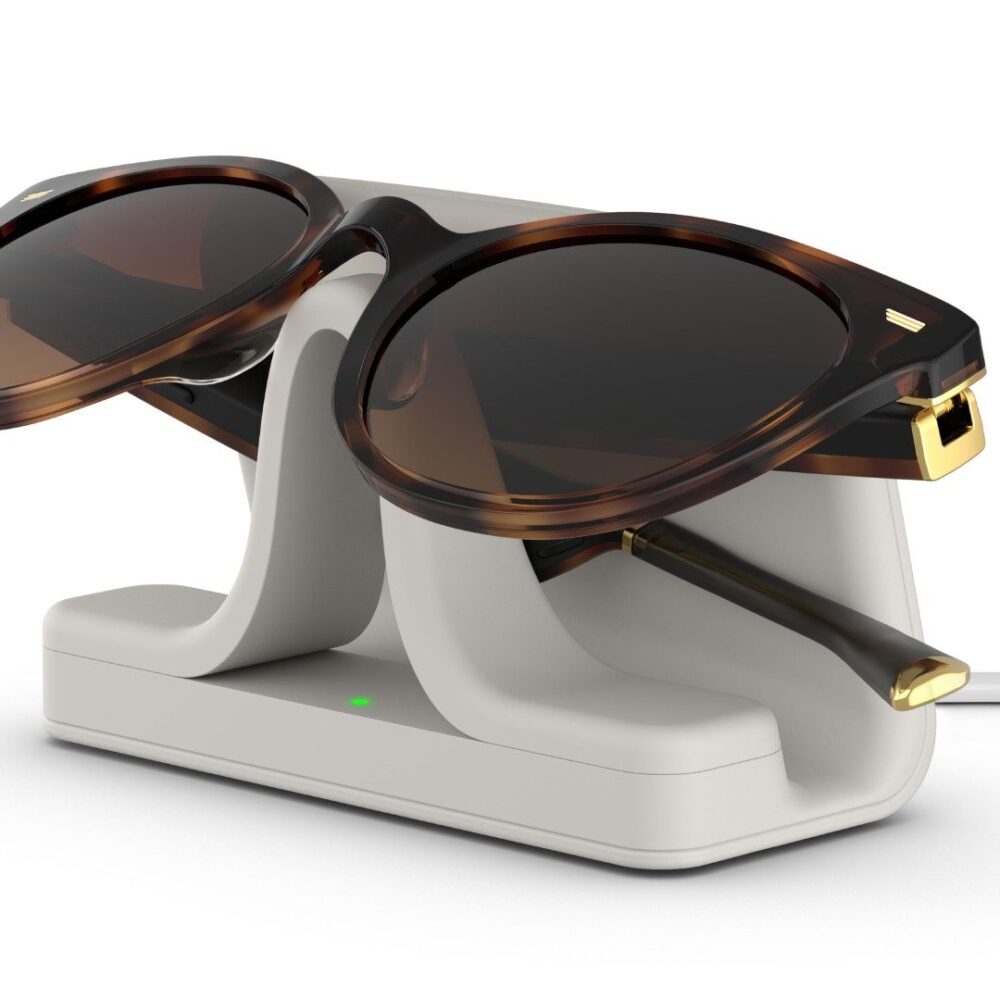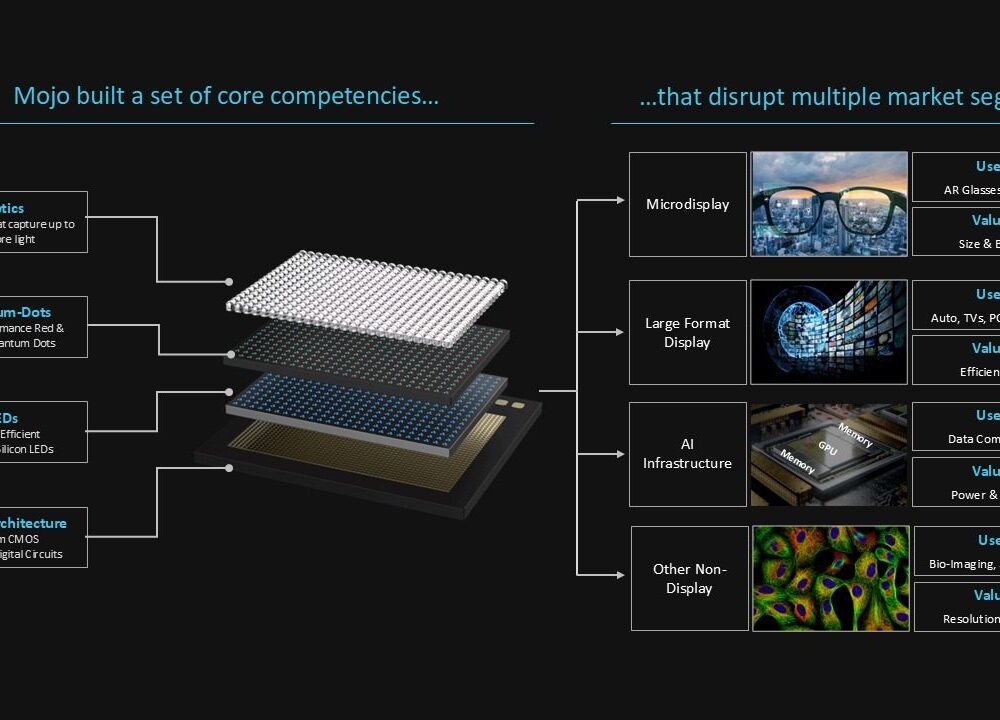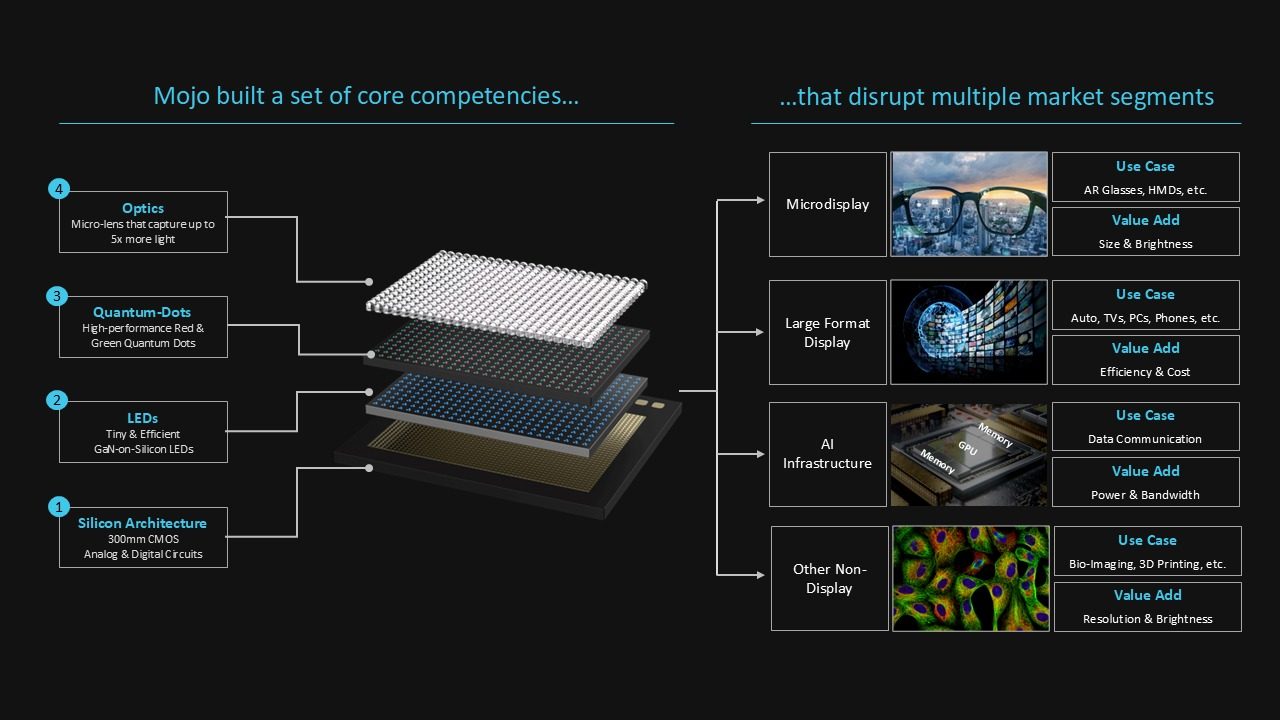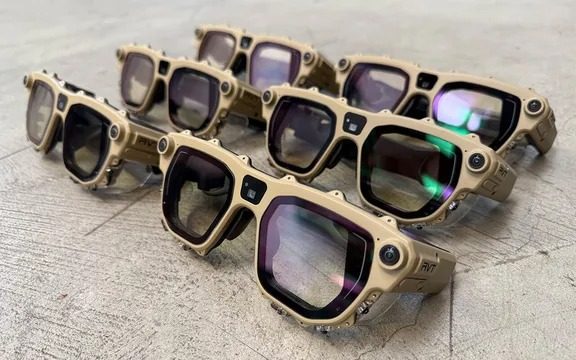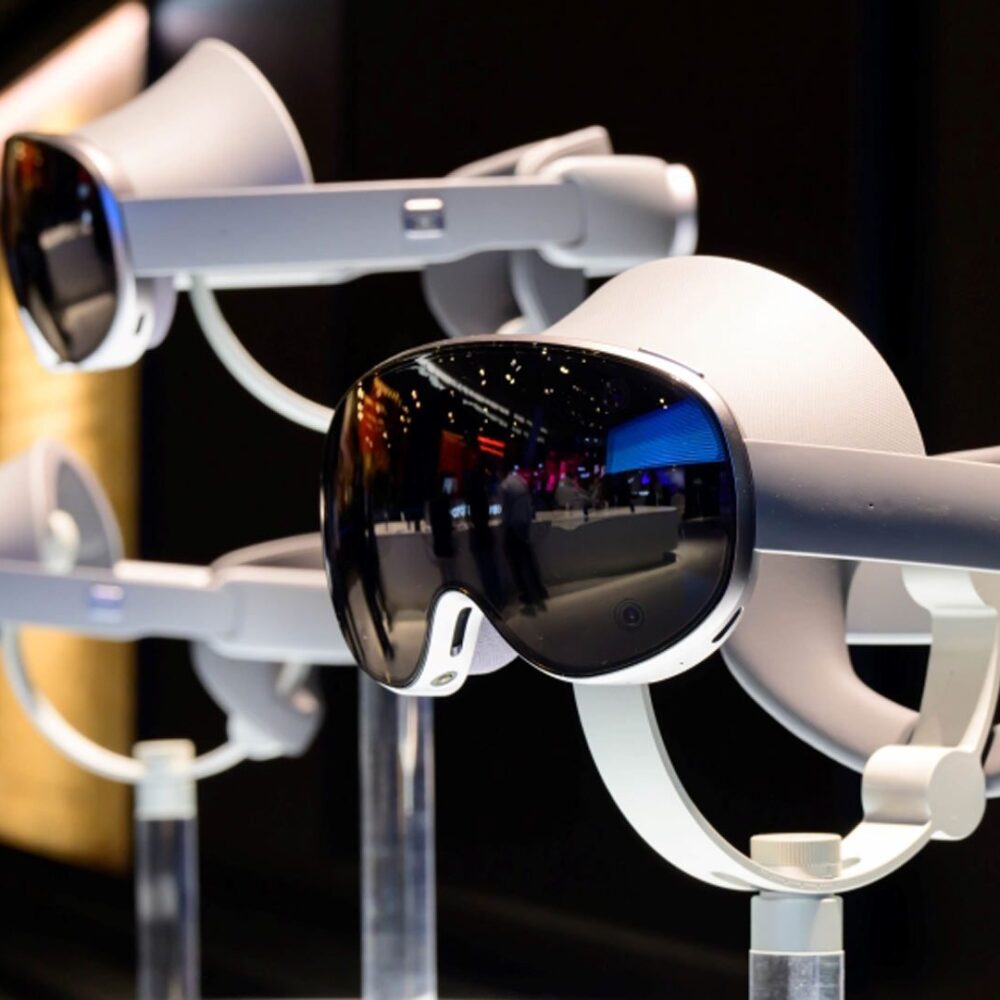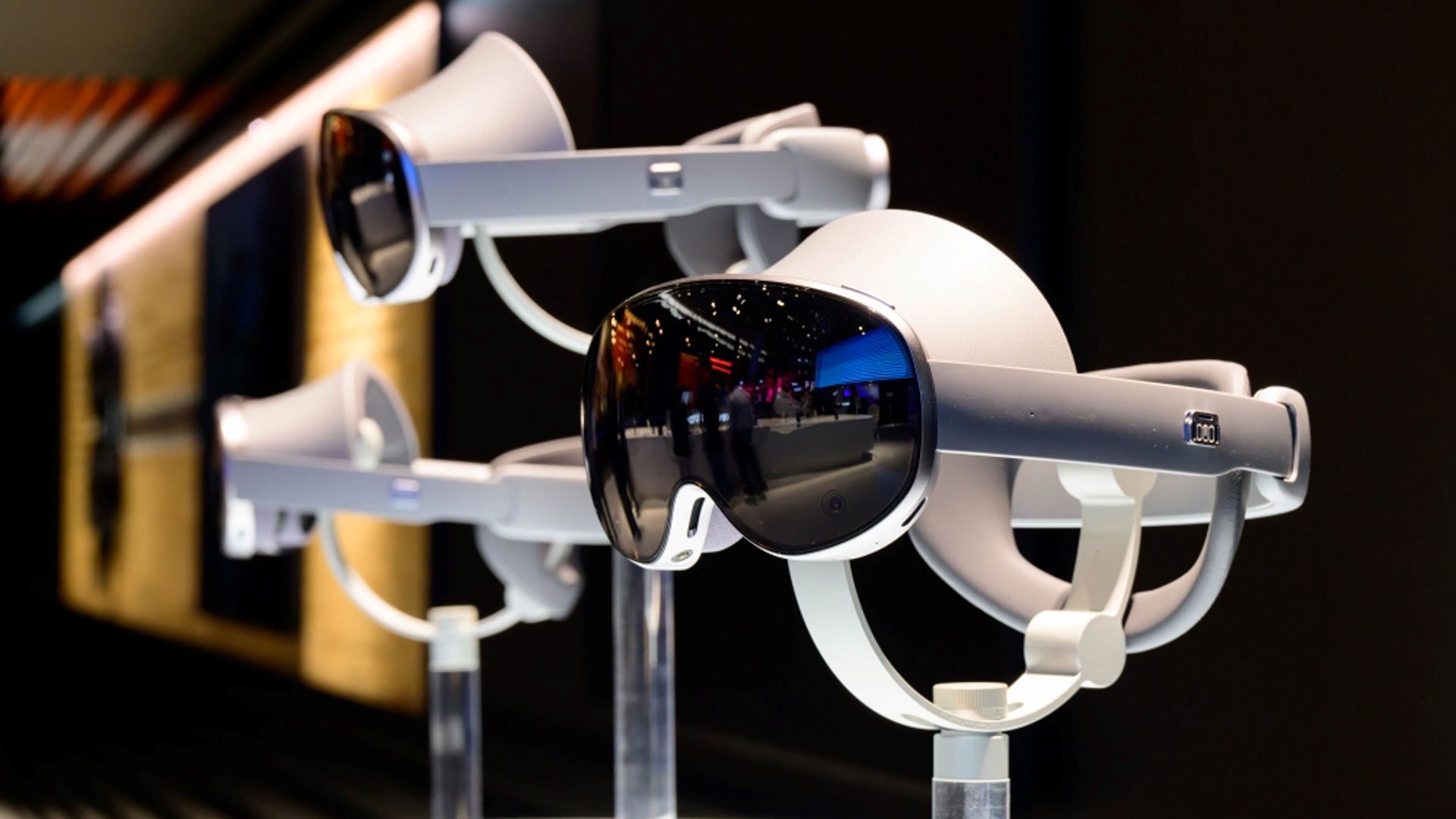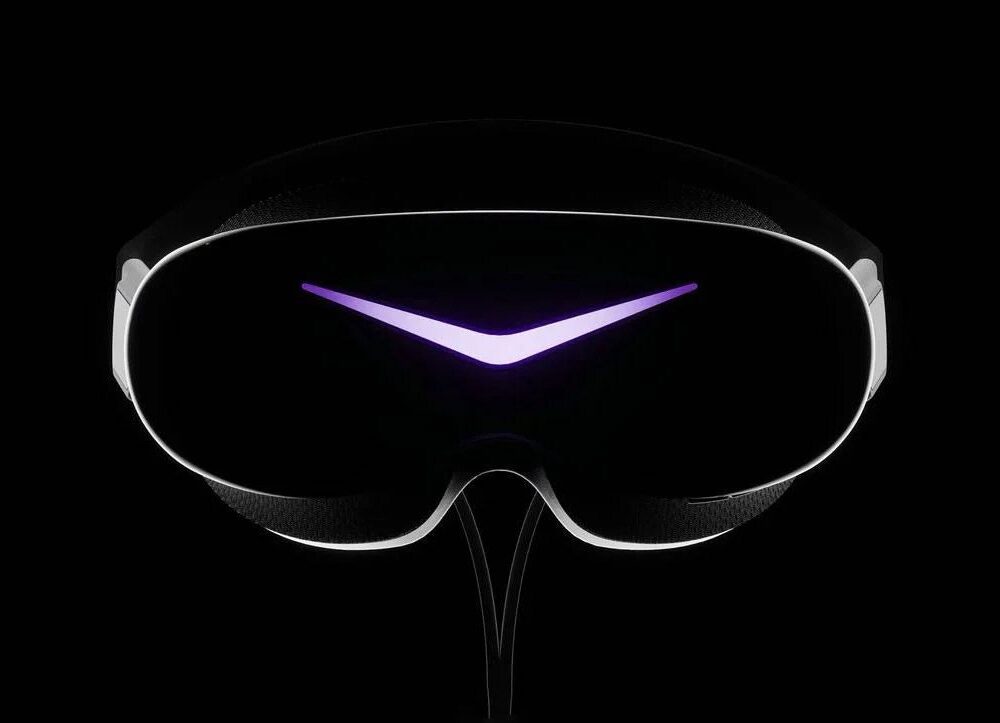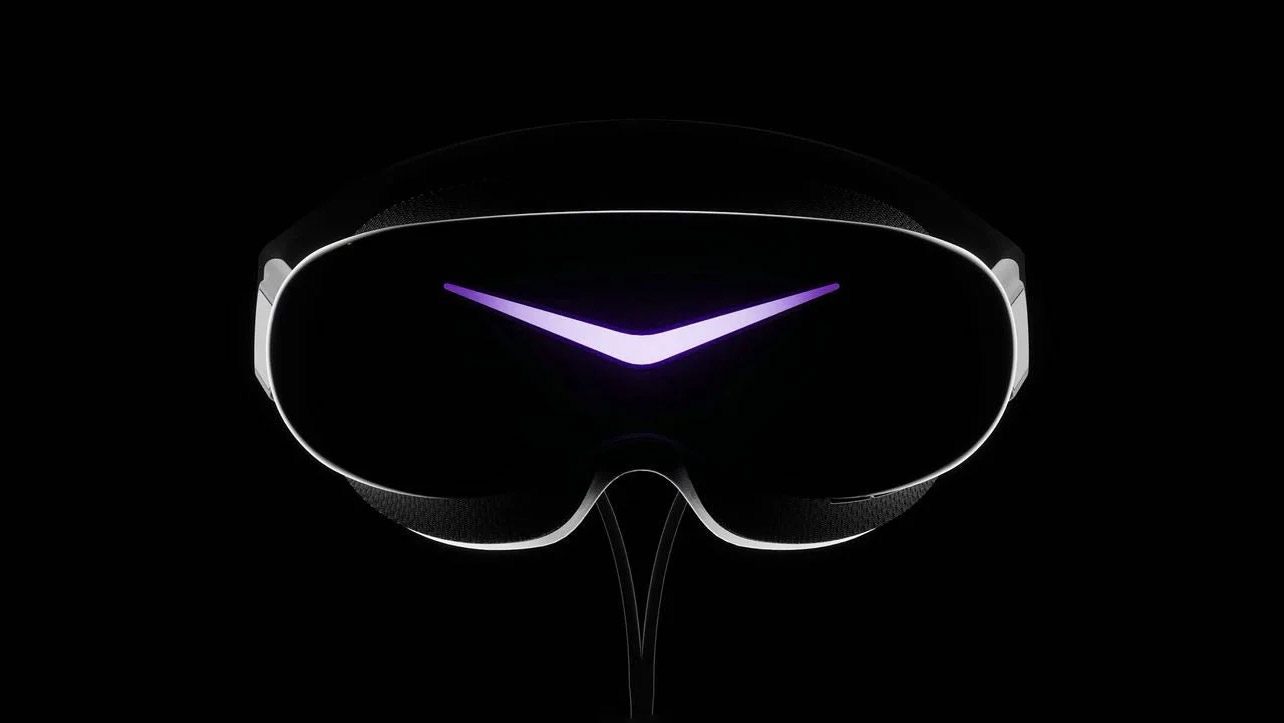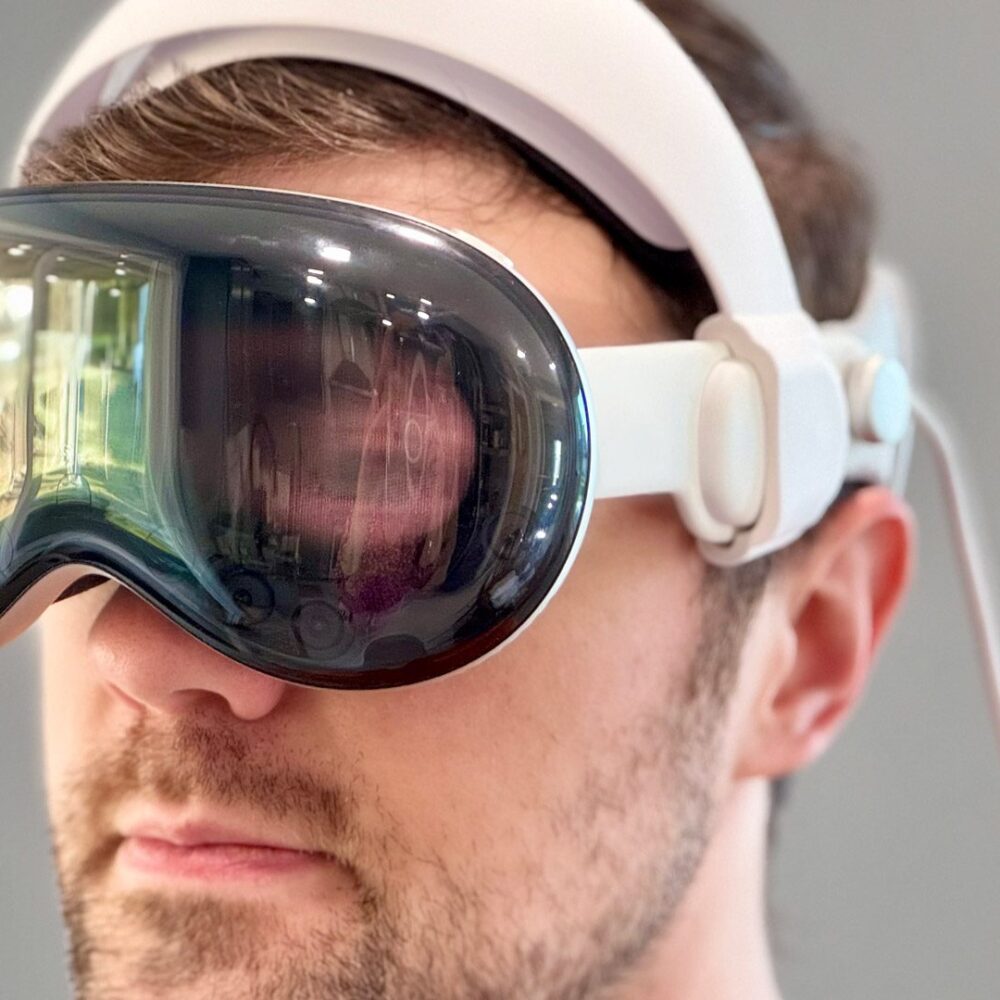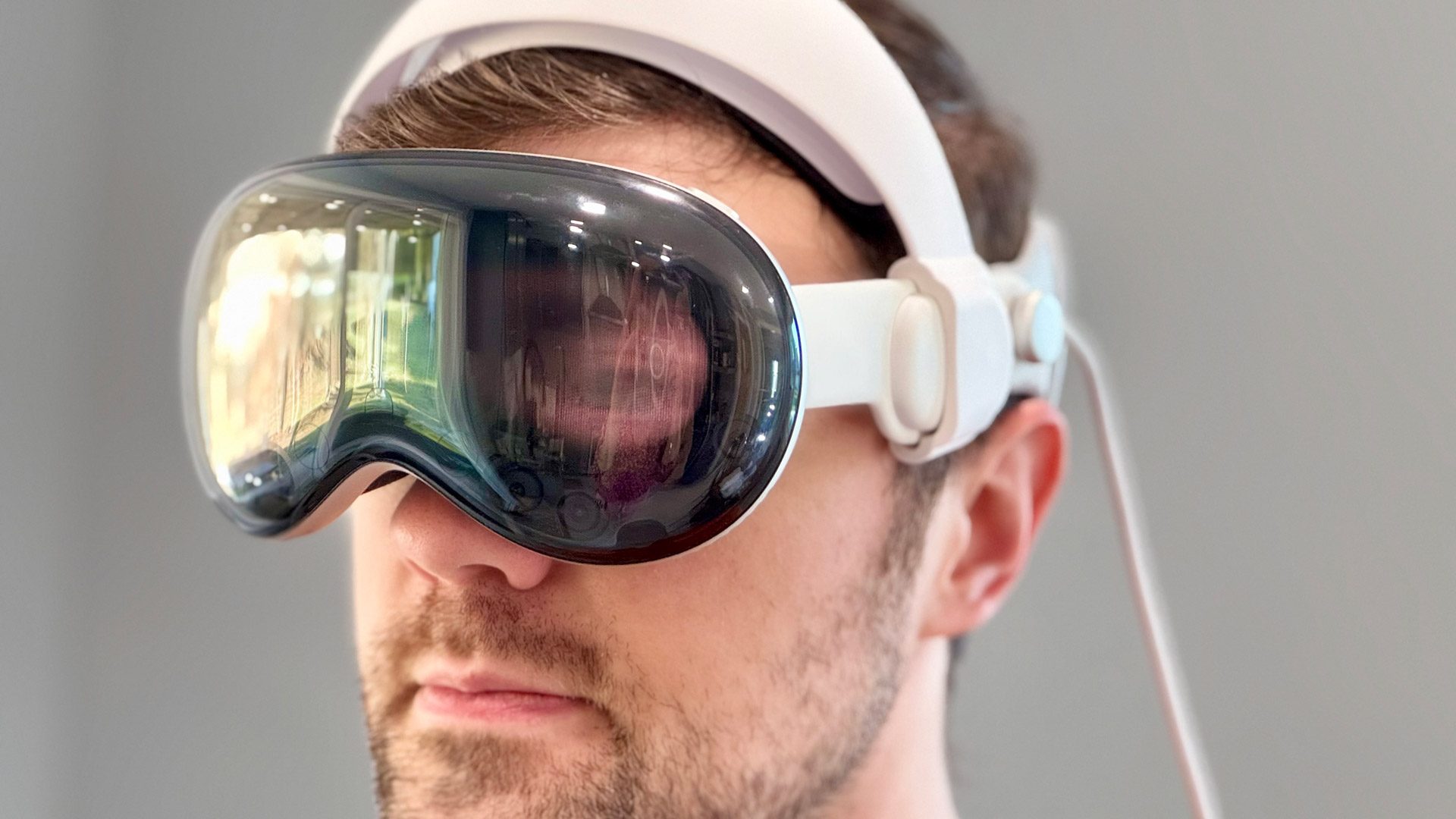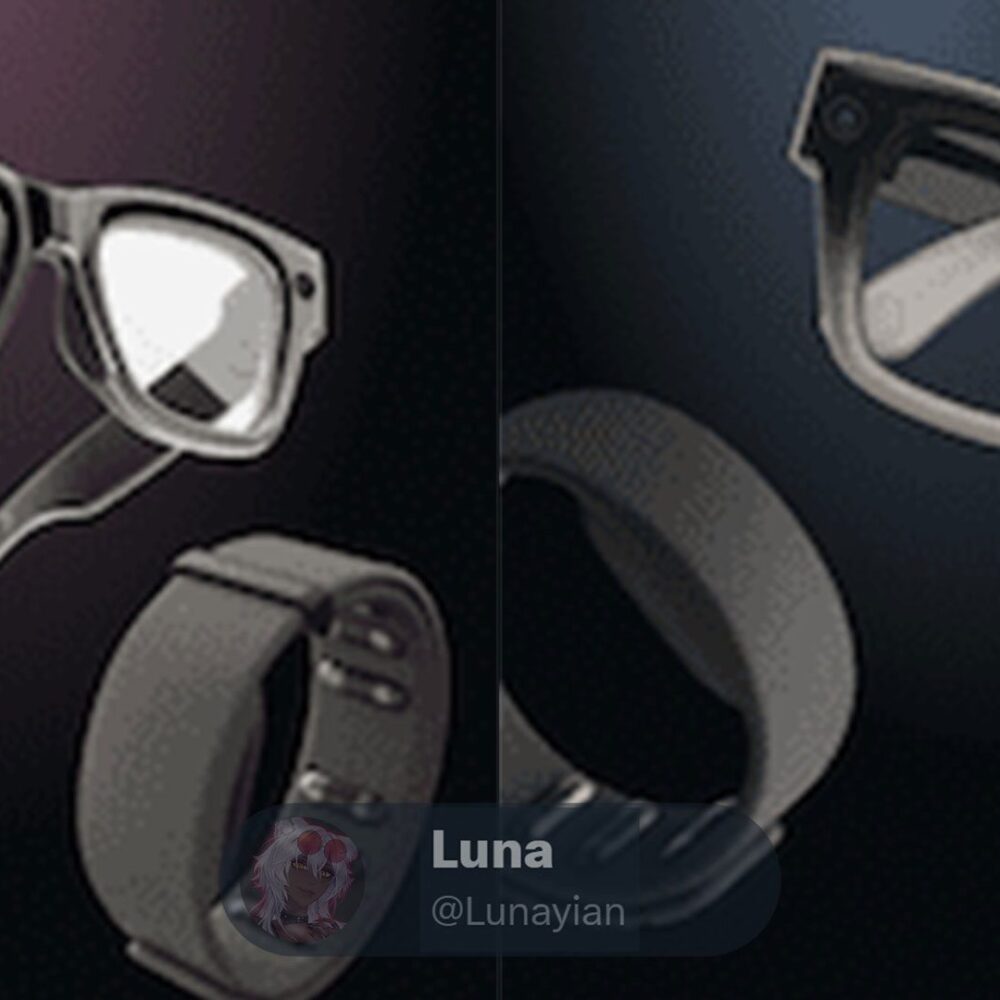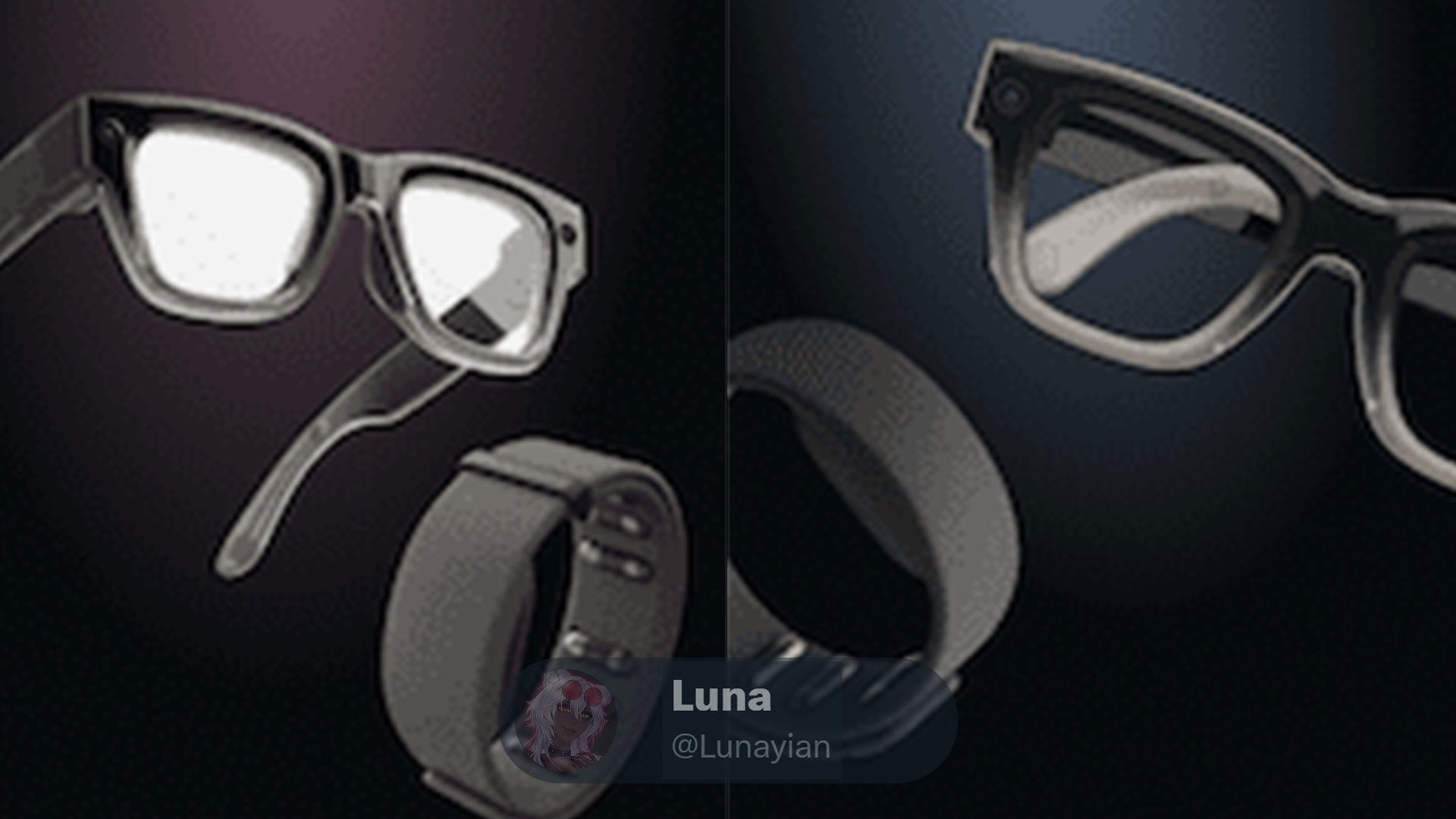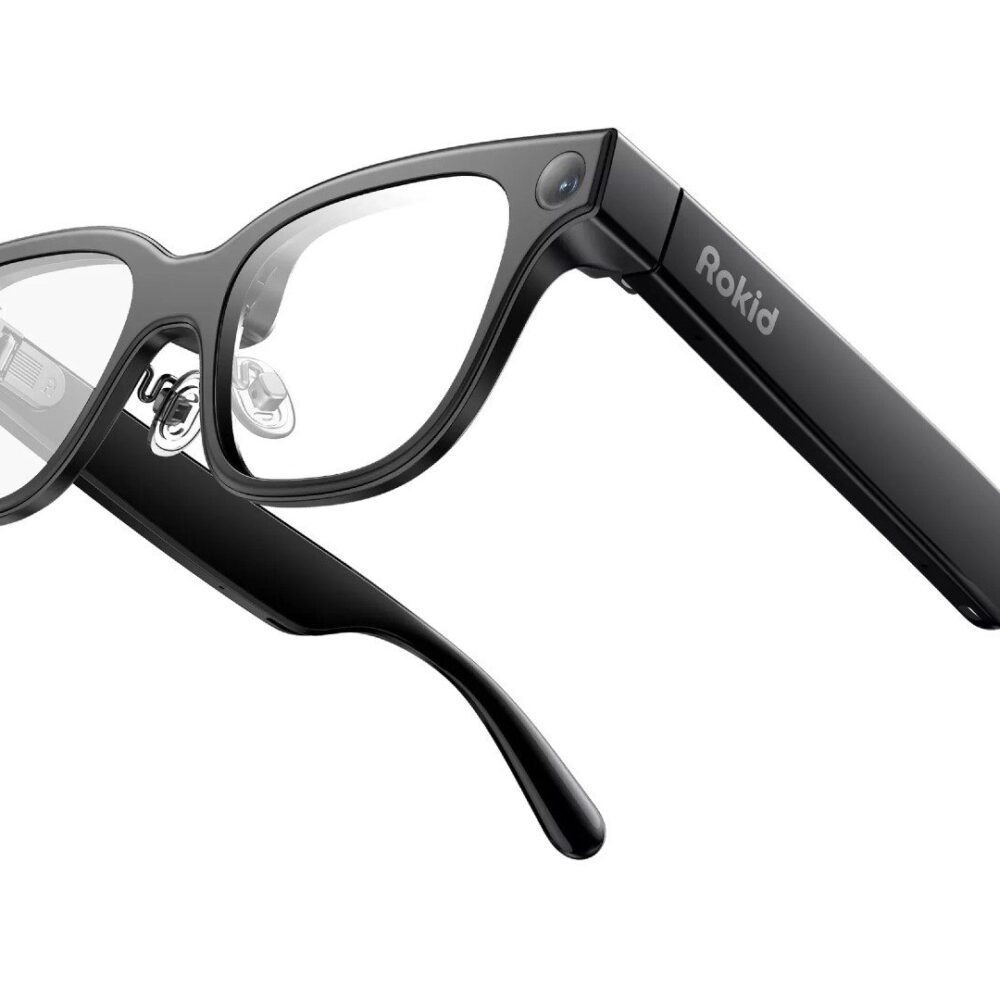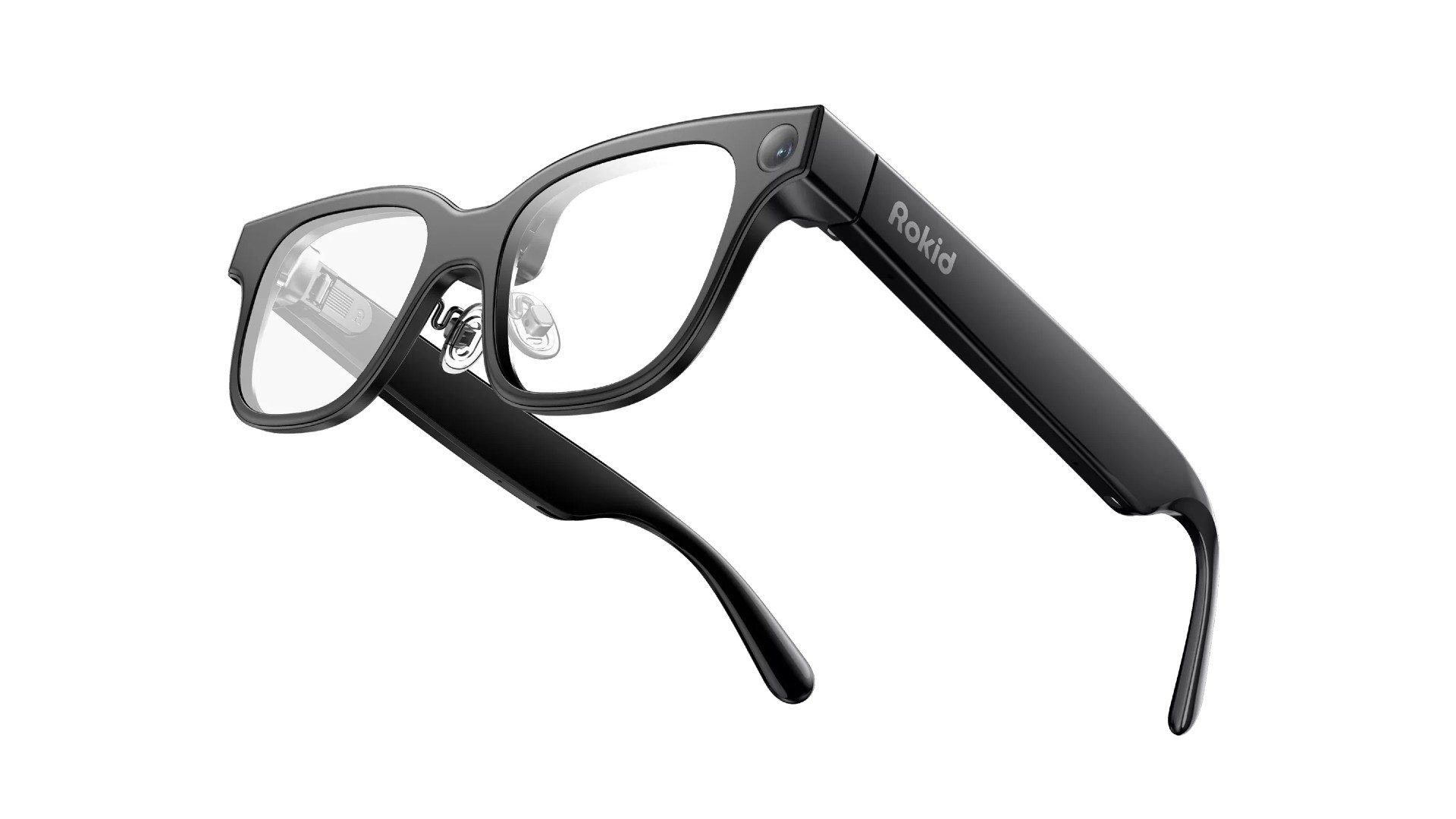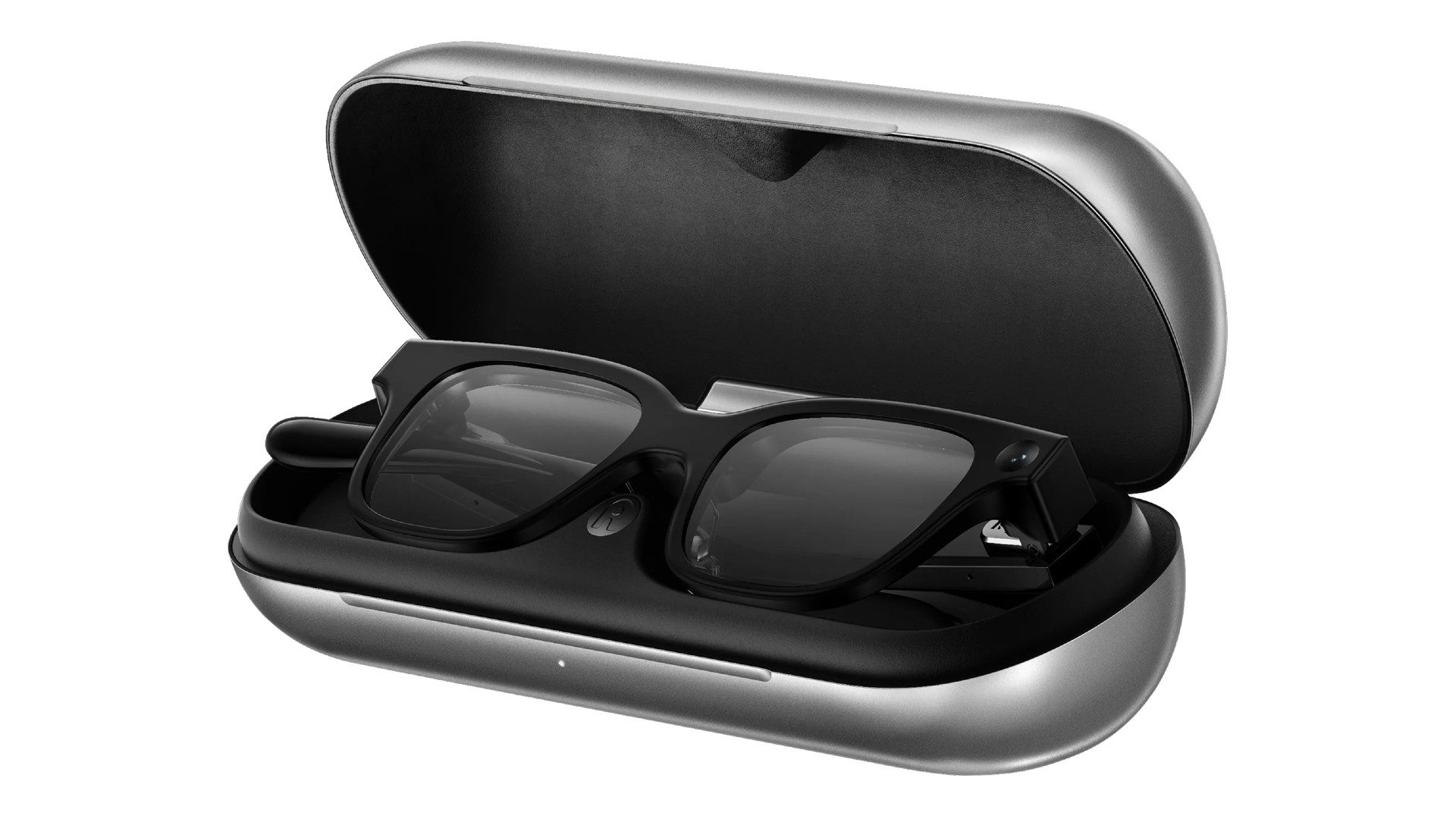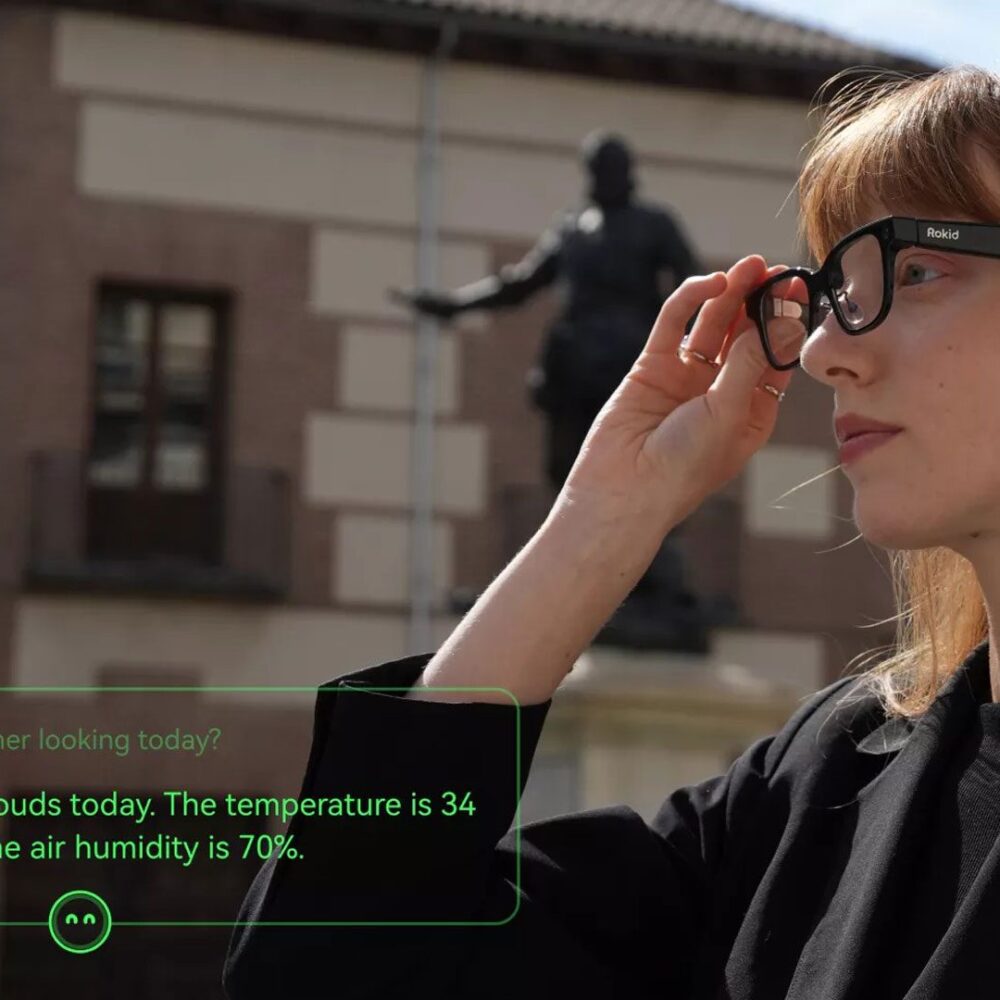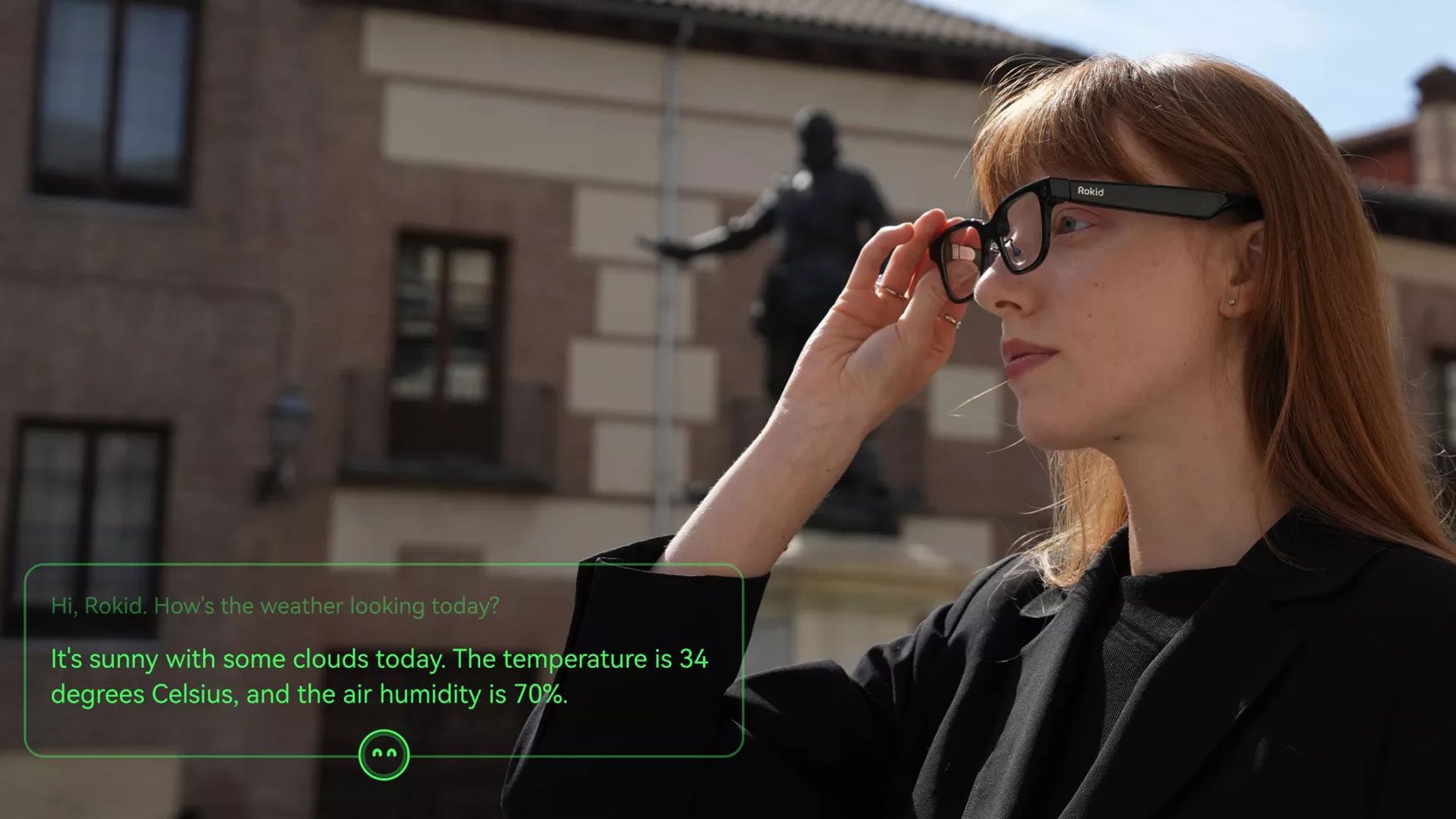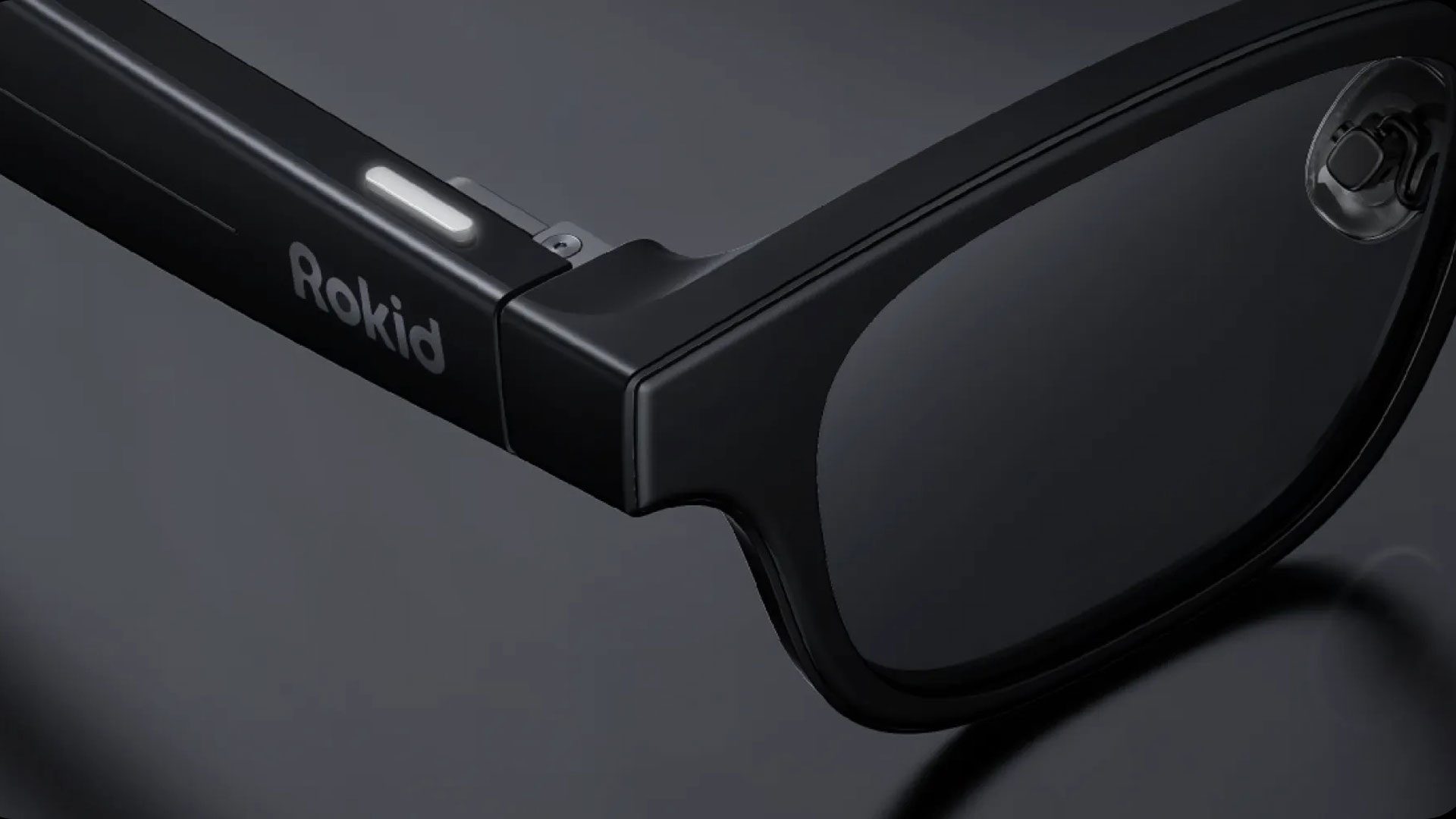Amazon is reportedly developing a pair of consumer smart glasses which is slated to rival Meta’s rumored ‘Hypernova’ smart glasses with display, according to a report by The Information.
Citing two people with direct knowledge of the plans, The Information maintains the glasses, internally codenamed ‘Jayhawk’, are set to include include microphones, speakers, a camera, and a monocular, full-color display.
The report maintains Amazon is eyeing a consumer launch of Jayhawk in late 2026 or early 2027, however the price point is currently unknown.
Equally uncertain is whether Jayhawk will be marketed under Amazon’s ‘Echo Frames’ line, first introduced in 2019, including voice-controlled frames and music playback, calls, and smart home control powered by Alexa.
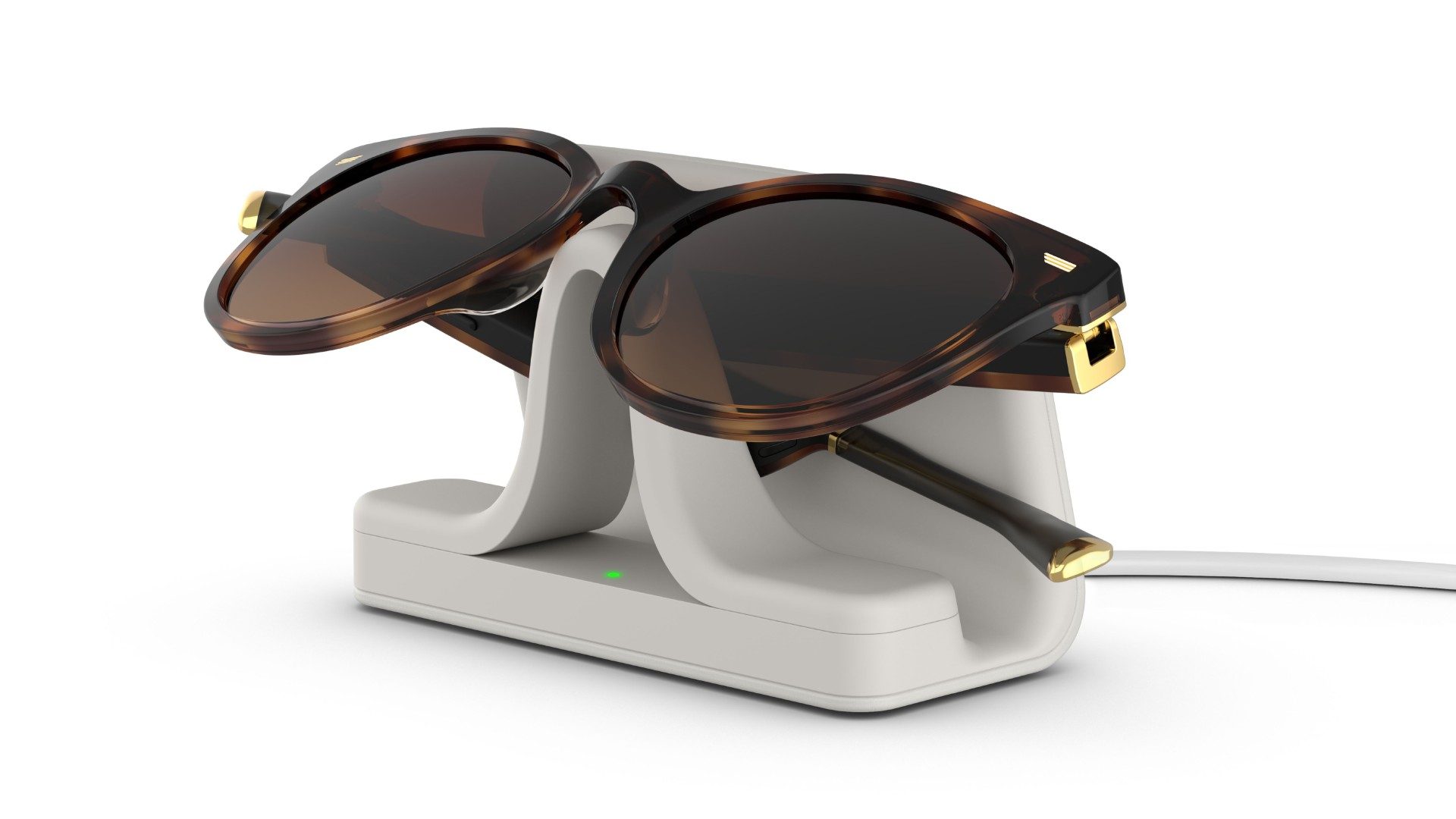
Now in its third generation, launched in late 2023, Echo Frames offer essentially the same set of features as the first and second, with the notable outlier being any sort of camera (or display) for photos and video capture.
Additionally, The Information reports that Amazon is also creating smart glasses for its delivery drivers, said to be bulkier and less sleek than the consumer ‘Jayhawk’ model for consumers.
Codenamed ‘Amelia’, the glasses are reportedly set to provide instructions to help sort and deliver packages. Those are said to rollout as soon as Q2 2026, and include an initial production run of 100,000 units.
In contrast, recent reports from supply chain analyst Ming-Chi Kuo and Bloomberg’s Mark Gurman maintain Meta is nearly ready to begin mass production of its own smart glasses with monocular display.
Internally codenamed ‘Hypernova’, and possibly marketed as ‘Celeste’, Meta’s forthcoming smart glasses are expected to cost around $800, according to Kuo.
– – — – –
The Information maintains in its reporting that the glasses will be “augmented reality”, however the device’s description puts it squarely in the smart glasses segment.
In short, AR glasses overlay spatially anchored 3D digital content into the real environment, while smart glasses mainly provide heads-up information or notifications, either by monoscopic or even stereoscopic displays. You can learn more about the difference between AR and smart glasses here.
